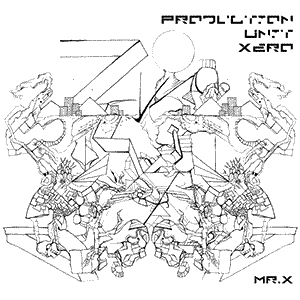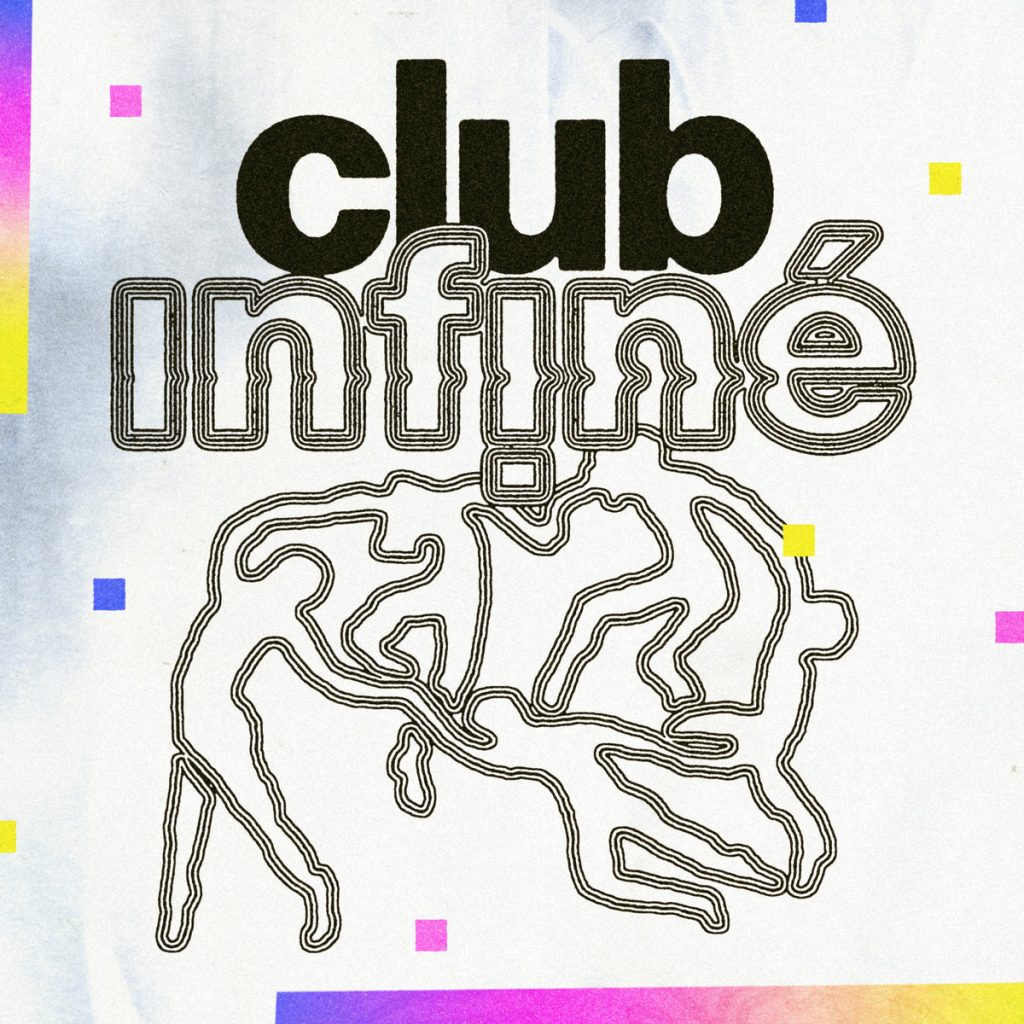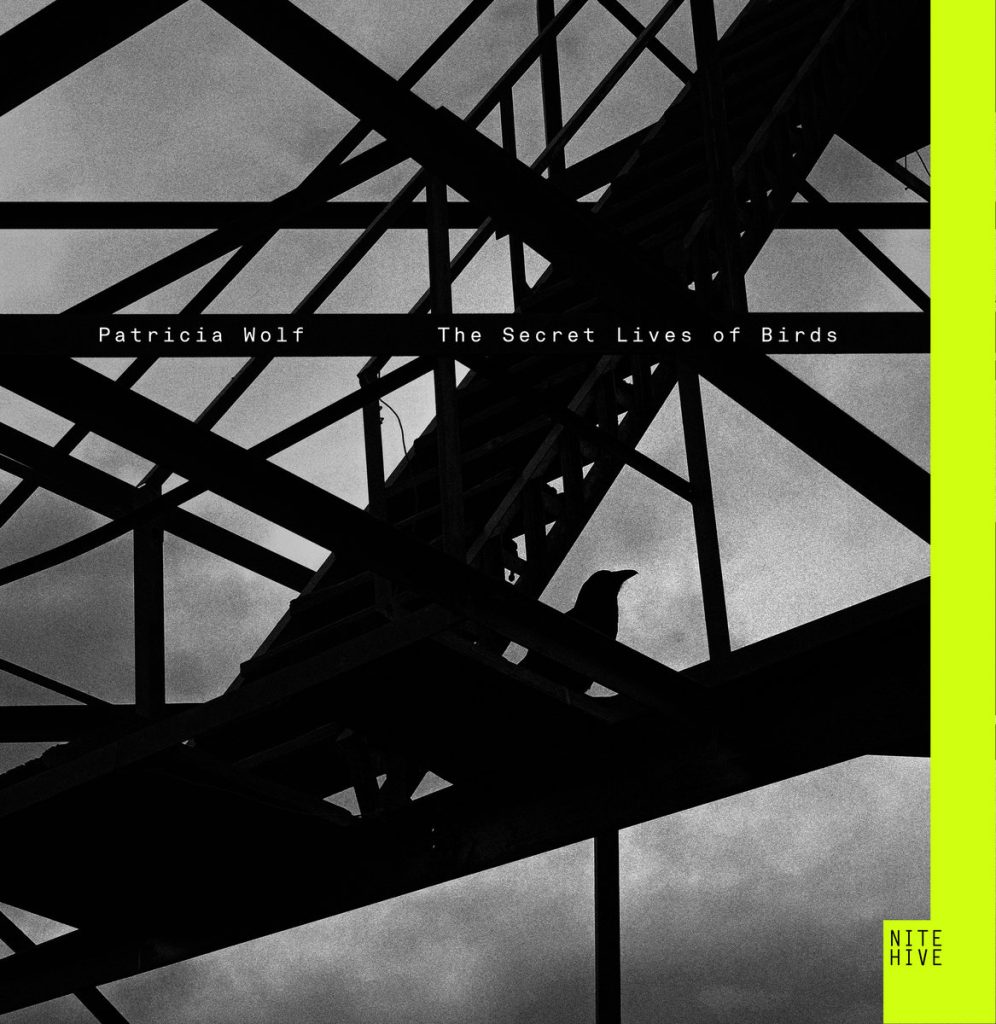What is Doomcore?
Origins and Characteristics:
Emerging from the vast umbrella of electronic music in the 1990s, Doomcore represents the darker, more sinister side of hardcore techno. As its name suggests, the genre channels themes of despair, darkness, and even apocalyptic moods, contrasting with the often upbeat or aggressive nature of mainstream hardcore.
- Slow Tempos: Unlike the rapid tempos of many techno subgenres, Doomcore often dwells in slower BPM ranges. This deliberate pacing enhances the ominous atmosphere of the music.
- Dark Atmospheres: Layers of distorted sounds, haunting synthesizer melodies, and echoing effects give Doomcore its characteristic gloomy ambience.
- Heavy Percussion: While the tempo may be slower, the beats are hard-hitting. Deep, distorted kicks and snares form the rhythmic backbone, often accompanied by rapid high-hats or metallic percussions.
- Vocal Samples: Many Doomcore tracks incorporate samples from horror movies, dark-themed dialogues, or even ethereal chants, adding to the genre’s eerie aesthetic.
Key Artists and Albums:
- Miro: One of the pioneers in the Doomcore scene, Miro’s tracks like “Shining” showcase the genre’s unique blend of haunting atmospheres and hard-hitting beats. His releases, especially those under the label “PCP”, played a pivotal role in shaping the genre’s sound.
- Stickhead & Don Demon: A significant duo in the Doomcore realm, tracks like “Conquer The World” exemplify the genre’s penchant for dark, brooding atmospheres combined with relentless beats.
- The Outside Agency: This Dutch duo, while often associated with crossbreed hardcore and breakcore, has produced tracks that resonate with the Doomcore aesthetic. Their explorations into the darker side of hardcore have been influential in maintaining and expanding the Doomcore sound.
- Fifth Era: Known for their relentless dedication to the darker side of hardcore techno, Fifth Era’s tracks are often considered quintessential Doomcore. Their vinyl releases, especially those from the late 1990s and early 2000s, are treasured within the community.
- Komprex: While primarily recognized for his contributions to speedcore, some of Komprex’s tracks, especially those from the early 2000s, dwell in the Doomcore territory, blending aggressive beats with haunting overtones.
Legacy and Influence:
- Underground Cult Following: Doomcore, with its niche and unique sound, has fostered a devoted following. Clubs in Europe, particularly in countries like Germany and the Netherlands, have seen special Doomcore nights that celebrate the genre.
- Inspiration for Darker Electronic Subgenres: The atmospheres and aesthetics of Doomcore can be seen as precursors to or influencers of other dark electronic music subgenres, including dark ambient, dark techno, and certain strands of industrial music.
- Doomcore Labels: Over the years, several labels have dedicated themselves to promoting Doomcore. Labels like “Kotzaak Unltd.” and “DOOM Records” have been instrumental in pushing the genre’s boundaries and introducing new talents.
In Essence:
Doomcore stands as a testament to the vastness and diversity of electronic music. It’s a genre where brooding atmospheres meet pounding beats, where listeners are transported to a world that feels both haunting and energizing. In Doomcore, the usual paradigms of hardcore techno are subverted—instead of rapid tempos and uplifting breaks, one finds slower beats and dark, enveloping soundscapes. For those who venture into its depths, Doomcore offers a unique auditory experience, blending the visceral energy of techno with the enveloping embrace of darkness. As electronic music continues to evolve, Doomcore remains a beloved subgenre, reminding us of the myriad ways in which sound can evoke emotion and transport listeners to other realms.




